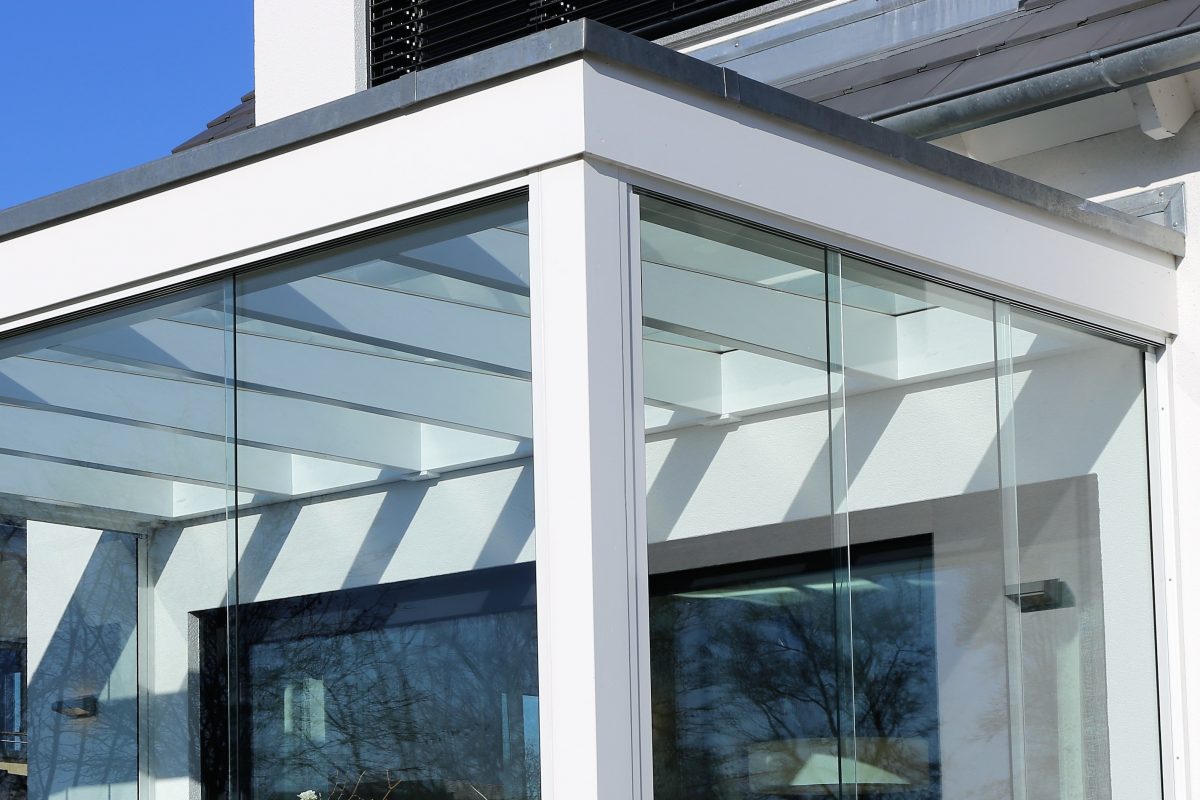If you are thinking about selling your property in the near future or simply want to increase its value, then you are likely to be considering which home improvements are going to offer the most value for money.
With that said, here are some of the best renovations for adding maximum value to your home:
Divide the property into flats
Converting your house into flats is extremely popular in metropolitan areas like Manchester, London, and Leeds. This is because demand for flats is greater and so they tend to be easier to rent out. Dividing a property into separate residences can often help multiply rental income and maximise profits on the sale.
However, prior to committing to this type of renovation, make sure to check whether there is a high demand for flats in the location of your property. If you find larger properties are on the market longer than flats, it may be a sensible route to take.
Loft conversion to add an additional room
Adding a bedroom to your property can add a substantial amount of value, this is especially true if the extra room has its own en-suite. In many cases the loft can be converted, yet it is always advisable to get a professional to assess whether the loft is suitable for conversion.
If you are set on getting your loft converted, then it is a good idea to familiarise yourself with the different types on offer. Common conversions include a roof light conversion, which is the least expensive, to a complete manscard conversion, which entails the construction of a new flat roof, providing a larger, more open living space.
Manscard conversion usually require planning permission, however, most loft conversion are regarded as permitted development. It is quite easy to find out what types of permission you require by contacting your local authority. In some cases, you will need to abide by certain rules, for instance, planning permission is needed if you wish to extend your roof space by more than 50m3.
Get a new bathroom
A new bathroom is a sure way to add value to your property, but the major downside is that it can be a substantial investment. Fortunately, there are ways to do it on a budget.
To make sure things do not get too expensive, try leaving your existing layout as is. Moving the pipework and water inlets may entail substantial labour costs. Other common ways to keep costs in control are to opt for a closed shower, rather than an open model, since these do not need to be installed to the wall.
Additionally, avoid wall hung basins and toilets and instead go for traditional floor-mounted models. The wall-hung variety require substantially more labour, since the brackets need to be enclosed and hidden within walls. You will also likely save even more money buy purchasing a suite rather than buying individual pieces.
Convert the garage into an additional room
A garage can be a handy thing to have, but the reality is that an extra room will usually add more value than a garage. So, if you find you are not using the garage and you have access to other parking space, then it may be worth considering.
If you are considering a garage conversion, then you will want to check if the garage is suitable for conversion and whether planning permission is required. The majority of garage conversions are classed as permitted development, so you will not require permission, yet it’s always worth seeking advice from your local authority.
Garage conversions are required to abide by building regulations to ensure they are structurally safe. To do this, you can seek inspection from your local authorities building inspection service or hire your own private contractor. They will need to make regular visits throughout the project, to ensure everything is being completed according to regulations.
Extend the kitchen
If you live in a terrace or small property you can usually make significant gains by extending your kitchen into the side return. This is the area which is defined as the full-width of your property, allowing you to add some valuable space onto your property.
The good news is that you can usually add a single-storey side-return extension without planning permission as it is defined as permitted development. This is on the condition that it meets strict requirements, for example, it must not be more than 4m high and not exceed half the width of the original buildings outlay.
However, bear in mind that you will still need to abide by building regulation codes and it will need to be inspected by the local authorities planning department, or a private contractor. Once inspected and if passed, you will be provided with your competition certificate.
Upgrade your home heating
More and more people are becoming aware of properties efficiency rating and with good reason, since a building with poor thermal efficiency can cost substantially more to heat in the long term.
If your home is poorly insulated, then the first step is to consider insulating your loft, since shockingly 1/3rd of heat can be lost via the roof with zero insulation. In addition, wall insulation can help prevent heat loss, as well as double glazing and draught proofing the property.
Fortunately, the government are now aware of this issue and in 2020, launched the Green Homes Grant, an initiative to help subsidise the cost associated with green home upgrades.
The type of boiler you use can also have a major impact on your properties heating bills and if outdated can result in the buyer asking for the amount to be deducted from the sale price.
Unfortunately, new energy efficient boilers are not covered by the Green Homes Grant, but you are able to take advantage of boiler financing schemes, that allow you to pay for the boiler in monthly instalments including 0% APR finance. For more information about the Green Homes Grant, you can refer to the government’s official website for details on the requirements and how to apply.





